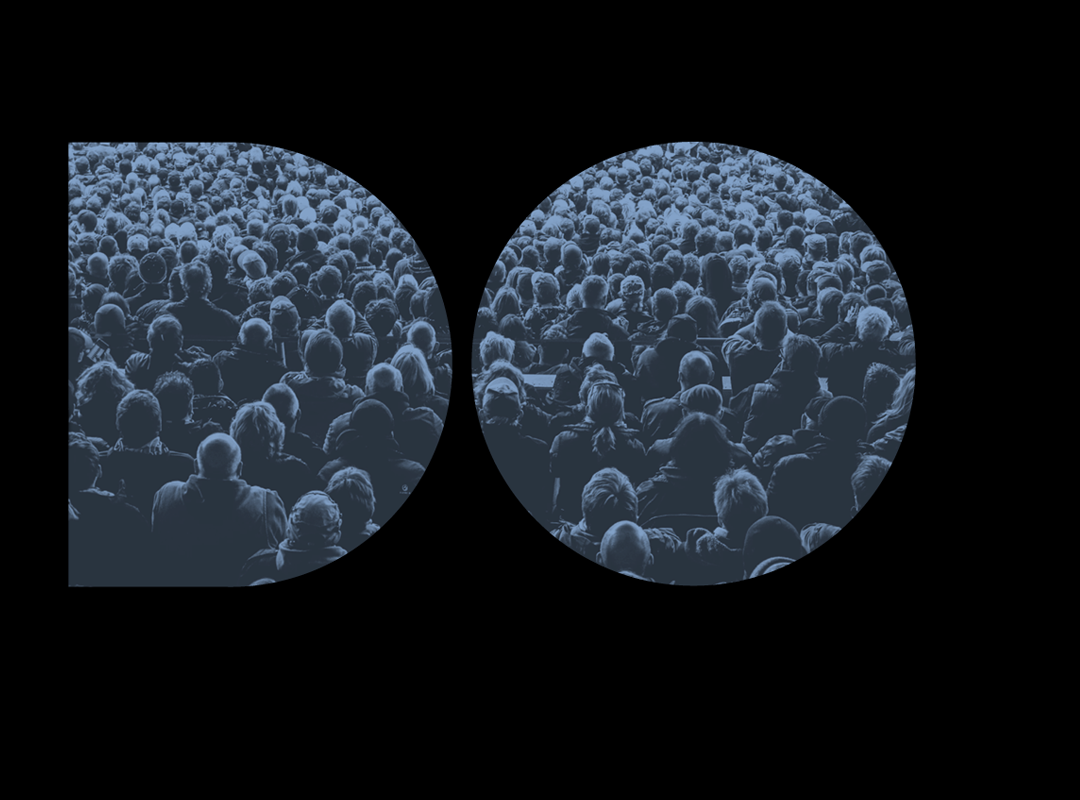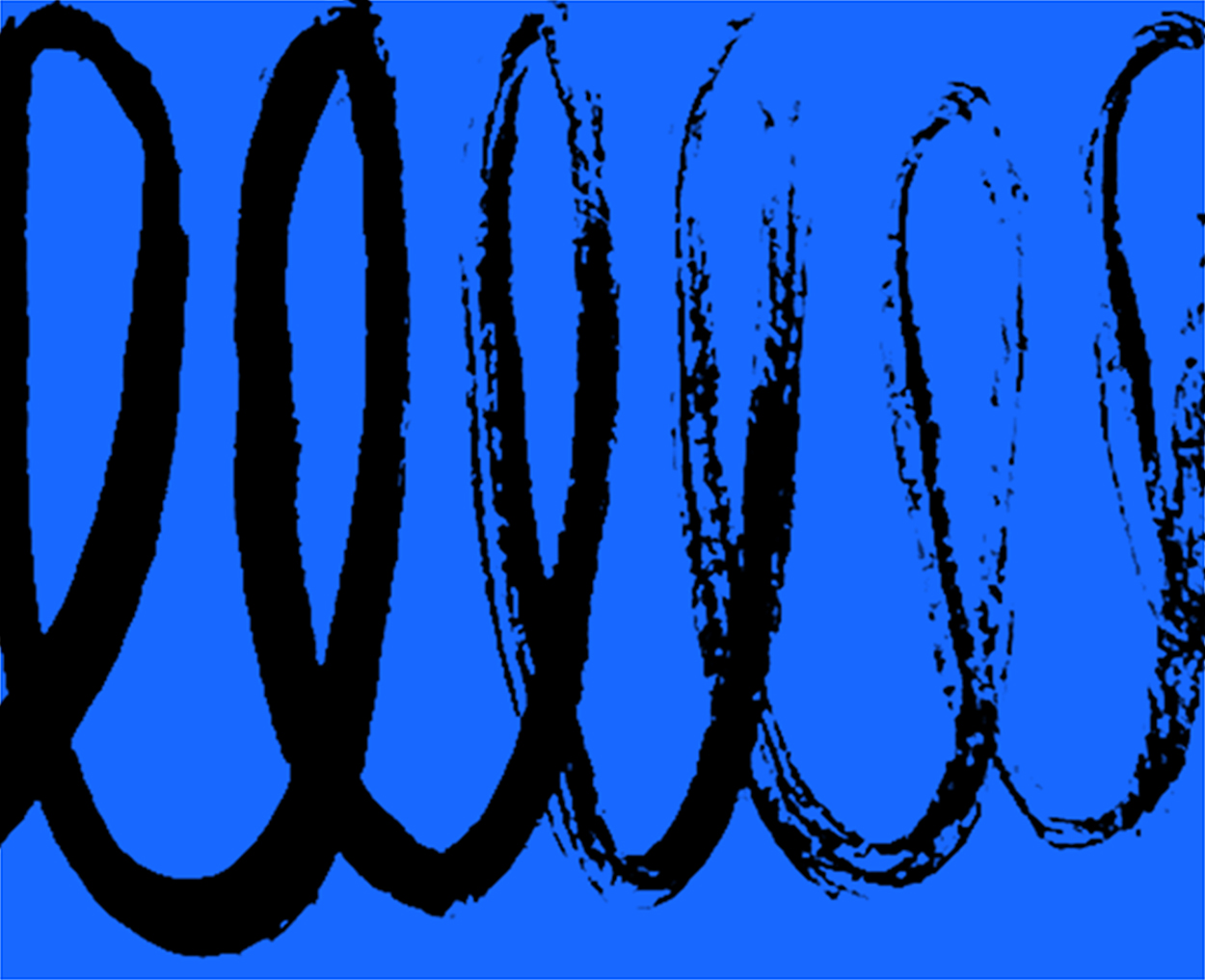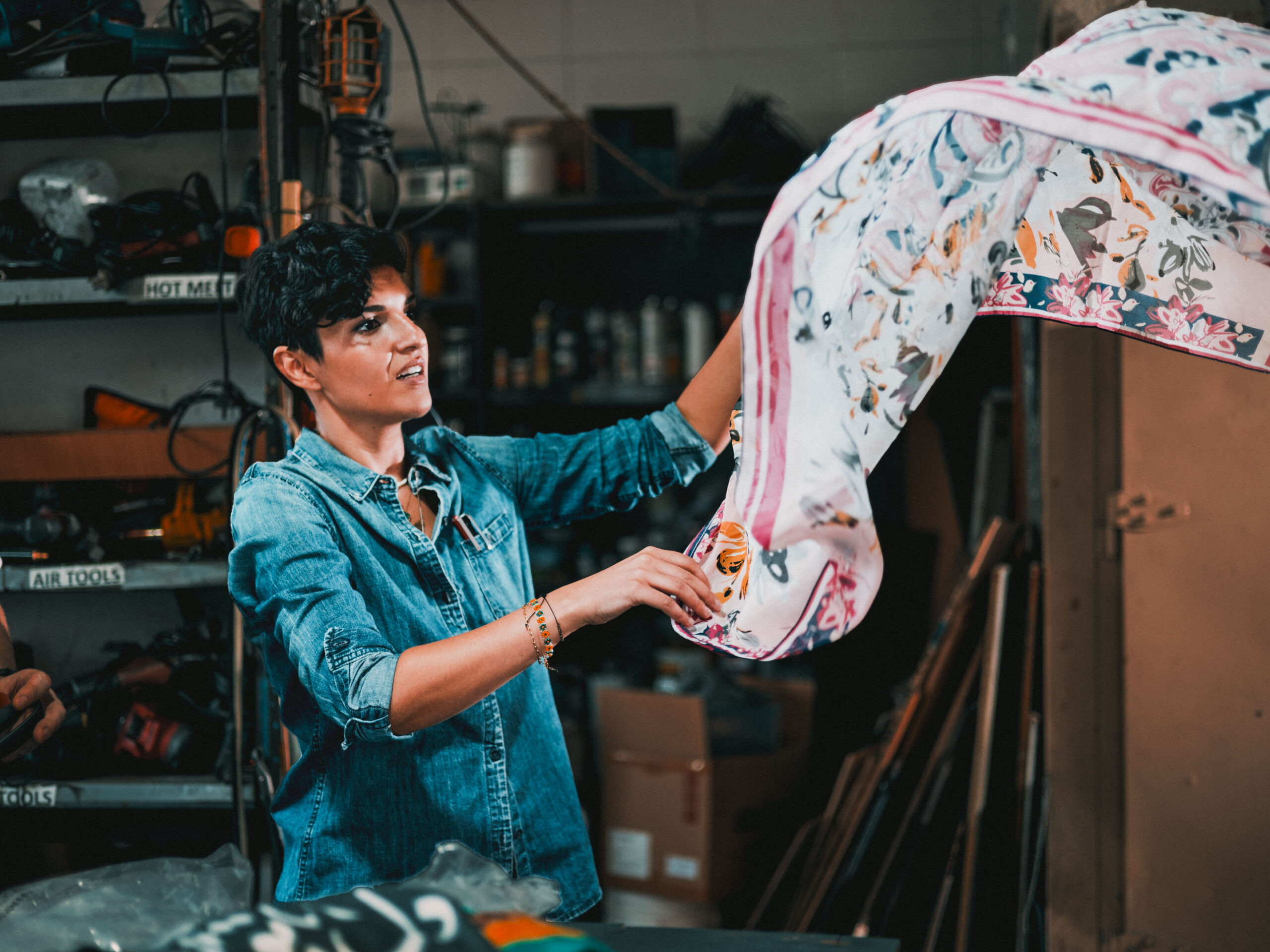
July 23, 2010
The Triple Bottom Line is a More Effective Tool to Evaluate Hanes Panty-Hose than Social Enterprises

I have long felt that there is massive confusion about the how the social mission and the bottom line profitability of a social enterprise relate to each other.
Observed
View all
Observed
By Paul Polak
Related Posts

Business
Courtney L. McCluney, PhD|Essays
Rest as reparations: reimagining how we invest in Black women entrepreneurs

Design Impact
Seher Anand|Essays
Food branding without borders: chai, culture, and the politics of packaging

Graphic Design
Sarah Gephart|Essays
A new alphabet for a shared lived experience

Arts + Culture
Nila Rezaei|Essays
“Dear mother, I made us a seat”: a Mother’s Day tribute to the women of Iran
Recent Posts
Candace Parker & Michael C. Bush on Purpose, Leadership and Meeting the MomentCourtney L. McCluney, PhD|Essays
Rest as reparations: reimagining how we invest in Black women entrepreneurs Food branding without borders: chai, culture, and the politics of packaging Why scaling back on equity is more than risky — it’s economically irresponsibleRelated Posts

Business
Courtney L. McCluney, PhD|Essays
Rest as reparations: reimagining how we invest in Black women entrepreneurs

Design Impact
Seher Anand|Essays
Food branding without borders: chai, culture, and the politics of packaging

Graphic Design
Sarah Gephart|Essays
A new alphabet for a shared lived experience

Arts + Culture
Nila Rezaei|Essays

 Dr. Paul Polak is the author of Out of Poverty: What Works When Traditional Approaches Fail, which has become a renowned resource for practical solutions to global poverty. His new book, co-authored with Mal Warwick is the Business Solution To Poverty, Designing Products and Services For Three Million New Customers.
Dr. Paul Polak is the author of Out of Poverty: What Works When Traditional Approaches Fail, which has become a renowned resource for practical solutions to global poverty. His new book, co-authored with Mal Warwick is the Business Solution To Poverty, Designing Products and Services For Three Million New Customers.